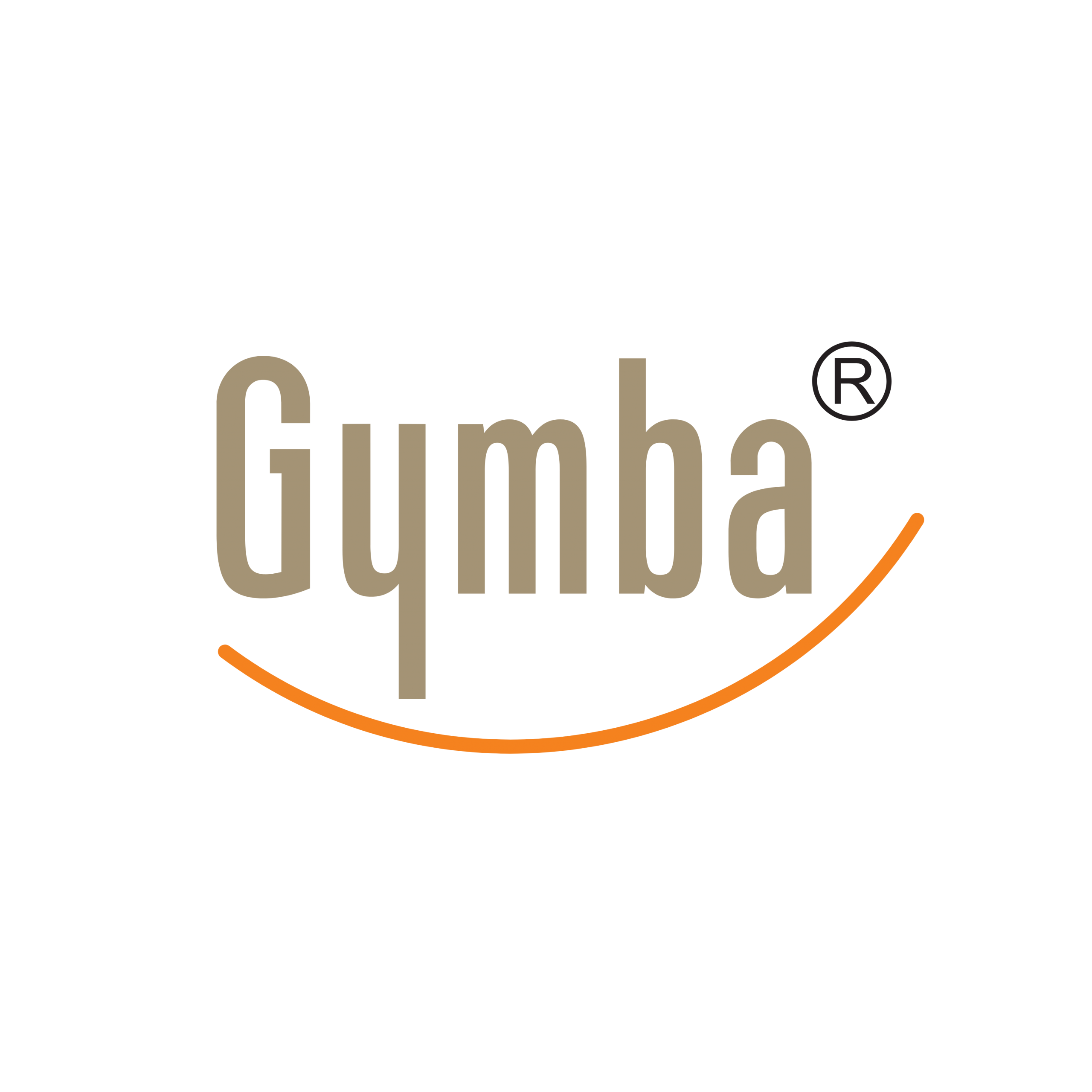To relieve neck pain during long work hours, incorporate regular stretching, strengthening exercises, and proper ergonomic adjustments. The most effective exercises include neck rotations, chin tucks, shoulder rolls, and gentle side bends that can be performed right at your desk. These movements help counteract the forward head posture that commonly develops during computer work, release muscle tension, and improve blood circulation to the affected areas. Combining these targeted exercises with ergonomic workspace modifications and movement breaks creates a comprehensive approach to neck pain prevention and relief.
Understanding neck pain in the workplace
Neck pain has become increasingly common in modern workplaces where many of us spend hours sitting at desks and staring at screens. The human neck wasn’t designed for this prolonged static positioning. When you maintain the same posture for extended periods, particularly the forward head position typical of computer work, your neck muscles become strained and fatigued.
The problem is compounded by workstations that aren’t properly set up for your body dimensions. Monitors positioned too low or too high force your neck into awkward angles. Chairs without proper support encourage slouching, which puts additional pressure on your cervical spine.
What many don’t realize is that neck pain is also strongly linked to lack of movement throughout the workday. When muscles remain static, circulation decreases, leading to tension and discomfort. This creates a cycle where pain leads to even more restricted movement, further worsening the condition.
What causes neck pain during office work?
Several specific factors contribute to neck pain in office environments. Forward head posture – where your head juts forward beyond your shoulders – is perhaps the most damaging. This position places enormous strain on your neck muscles, particularly the upper trapezius and levator scapulae, forcing them to support the weight of your head (about 4.5-5.4 kg) in an unnatural position.
Improper monitor positioning is another major culprit. A screen that’s too low causes you to tilt your head downward, straining the posterior neck muscles. Conversely, a screen that’s too high forces an upward tilt that compresses the cervical vertebrae.
Your chair height matters significantly too. If it’s too high or too low relative to your desk, you’ll compensate with poor posture that affects your entire spine, including your neck.
Muscle tension from workplace stress shouldn’t be underestimated either. When you’re stressed, you unconsciously tense your shoulders and neck, creating chronic tightness that can develop into pain over time.
Repetitive movements, like constantly looking between documents and screens or cradling a phone between your ear and shoulder, create uneven strain patterns that your neck muscles aren’t designed to handle for long periods.
Which stretches can you do at your desk for immediate neck relief?
You can perform several effective stretches right at your desk for quick neck pain relief. Neck rotations are simple yet effective – gently turn your head to look over each shoulder, holding for 10 seconds on each side. Repeat 3-5 times throughout your workday to release tension in the rotator muscles.
Chin tucks directly counter the forward head posture that develops during desk work. Sit tall, then draw your chin straight back (not down), creating a “double chin.” Hold for 5-10 seconds, release, and repeat 10 times. This strengthens the deep neck flexors while stretching the often-tight muscles at the base of your skull.
Shoulder rolls help relieve tension that radiates from your shoulders to your neck. Roll your shoulders forward in circular motions 5 times, then backward 5 times. This improves circulation and releases tightness in the upper trapezius muscle.
Gentle side bends stretch the muscles along the sides of your neck. Tilt your right ear toward your right shoulder, using your right hand to apply very gentle pressure on the left side of your head. Hold for 20-30 seconds, then switch sides. Never pull forcefully on your neck.
Aim to perform these stretches hourly during long work sessions. Even 30 seconds of movement each hour can significantly reduce neck tension and prevent pain from developing.
How can you strengthen neck muscles to prevent work-related pain?
Strengthening exercises build resilience in your neck and upper back, helping prevent work-related pain before it starts. Isometric neck exercises are particularly effective and can be done anywhere. Place your palm against your forehead and push your head forward while resisting with your hand (no actual movement should occur). Hold for 5-10 seconds. Repeat on each side of your head and the back of your head, performing 5 repetitions in each direction.
Wall angels directly target the rounded shoulder posture common in desk workers. Stand with your back against a wall, arms bent at 90 degrees with elbows and backs of hands touching the wall. Slowly slide your arms upward while maintaining contact with the wall, then return to the starting position. Aim for 10 repetitions, focusing on keeping your lower back flat against the wall.
Resistance band pulls strengthen the mid-back muscles that support proper neck positioning. Secure a resistance band at chest height, then pull the band toward your chest while squeezing your shoulder blades together. Hold briefly before returning to the starting position. Perform 10-15 repetitions.
For optimal results, do these strengthening exercises 2-3 times weekly. Unlike stretches, strengthening exercises shouldn’t be done when you’re already experiencing acute pain.
What ergonomic adjustments help reduce neck strain?
Making proper ergonomic adjustments to your workstation can dramatically reduce neck strain. Position your monitor so the top of the screen is at or slightly below eye level, typically 50-70 cm from your face. This prevents both upward and downward neck tilting that leads to strain.
Your chair height should allow your feet to rest flat on the floor with knees at approximately 90 degrees. The chair should provide adequate lumbar support to maintain the natural curve in your lower back, which helps align your entire spine including your neck.
Using a document holder positioned at the same height as your screen prevents constant neck turning when referencing printed materials. Place it directly beside your monitor to minimize neck rotation.
For phone use, consider a headset or speakerphone rather than cradling the handset between your shoulder and ear, which creates extreme neck strain in just minutes.
Active sitting solutions that allow subtle movement throughout the day help prevent the stiffness that leads to neck pain. Standing desks can also be beneficial when alternated with sitting, as they encourage positional changes that reduce static loading on neck muscles. Using a specific tool can make standing more active.
How to maintain neck health during long workdays
Maintaining neck health during long workdays requires a comprehensive approach. Implement the 20-20-20 rule: every 20 minutes, look at something 20 feet away for 20 seconds. This gives your neck muscles a break from the forward gaze position and reduces eye strain that can contribute to tensing your neck muscles.
Schedule movement breaks throughout your day – even short 2-minute walks every hour can significantly improve blood flow and reduce muscle tension. Hydration is also important, as dehydrated muscles are more prone to stiffness and pain.
Be mindful of your posture throughout the day, not just when pain starts. Notice when you begin to slouch or jut your chin forward and correct your position before discomfort develops.
At Gymba, we’ve designed ergonomic solutions that complement these strategies by promoting active standing and better posture. Our Gymba Activation Board encourages subtle movement while working, improving circulation and reducing the negative effects of prolonged sitting. When paired with our ergonomic laptop stands and stretching accessories, you create a workspace that supports your body’s need for movement and proper alignment throughout long workdays.
Remember that consistent small adjustments and movements are more effective than occasional major corrections. By incorporating these exercises and ergonomic principles into your daily routine, you can significantly reduce neck pain and improve your overall comfort during long work hours.

